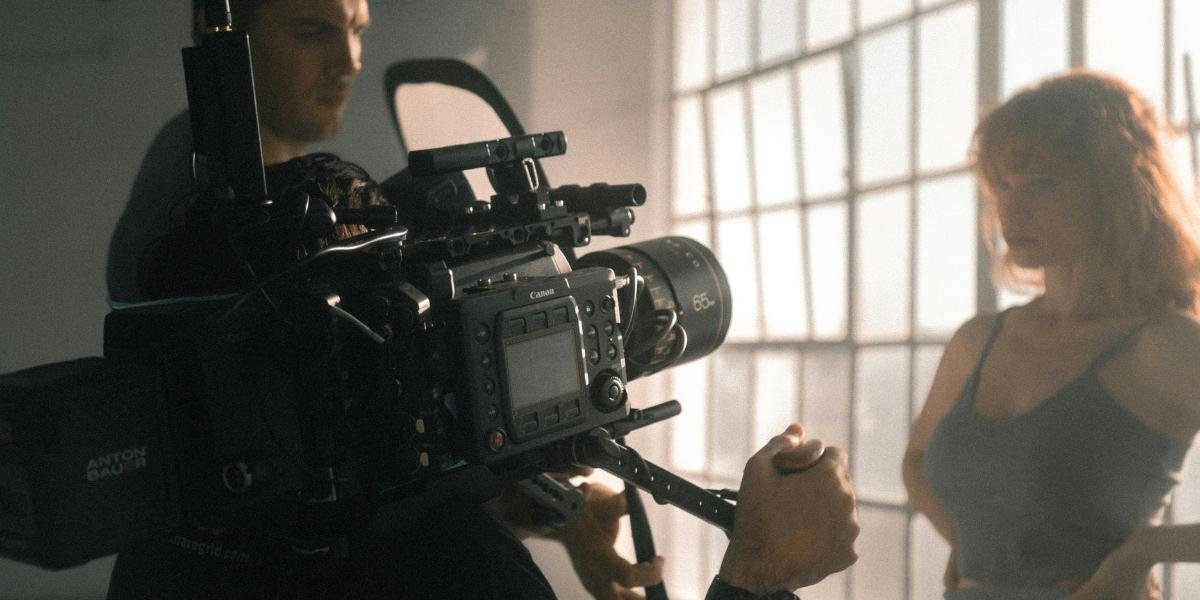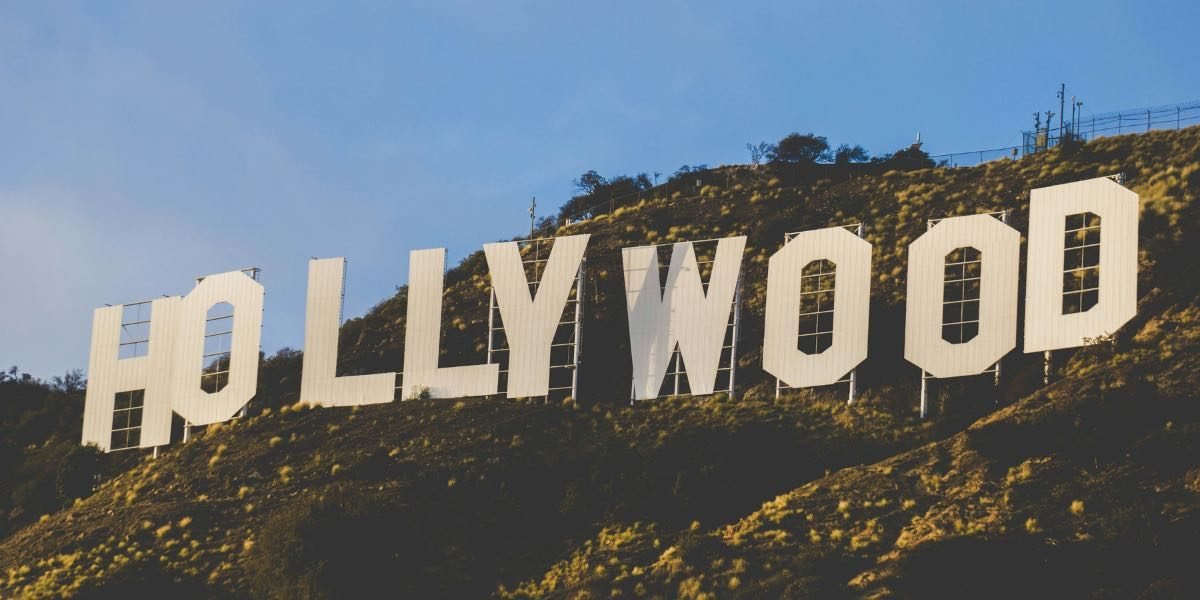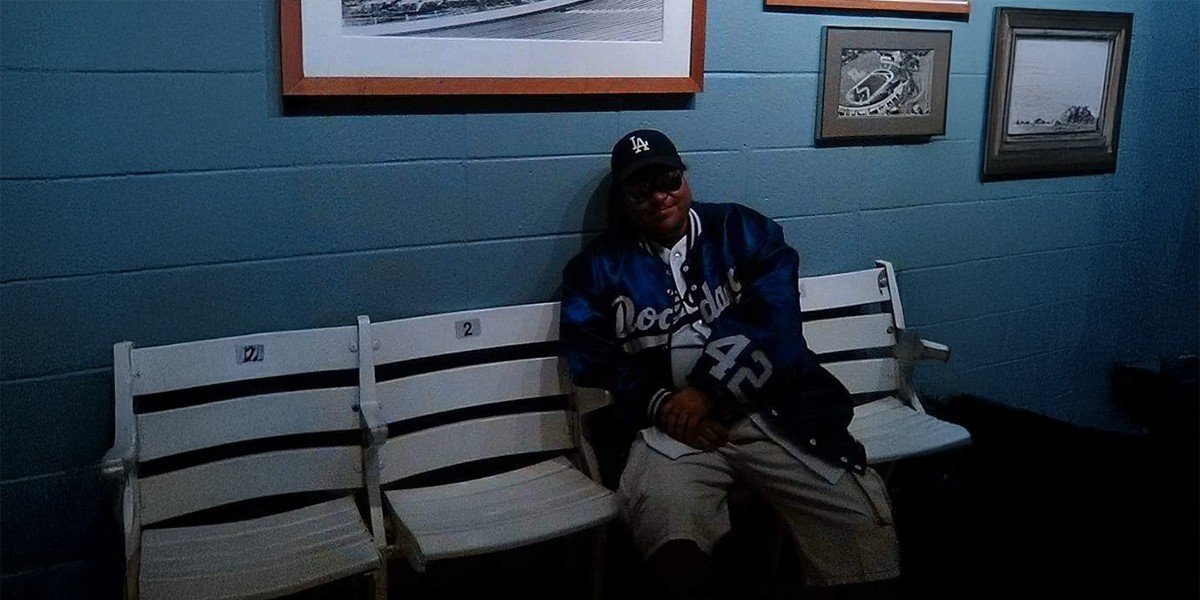Why are remakes still a go-to strategy in Hollywood?
Remakes have been part of Hollywood’s playbook for decades, but their frequency and style have shifted with changing audience expectations and economic pressures. When studios remake popular films, it’s rarely about copying the original shot for shot. It’s about updating the experience so it feels relevant to a new audience while still leaning on something familiar. There’s a built-in sense of safety when audiences recognize a title, especially if it’s connected to a film they grew up with or watched multiple times.
Part of the draw is predictability. Studios know these stories already worked once, and even if the remake is different in tone or structure, there’s confidence that the core concept has staying power. Familiarity can make marketing more efficient, and it helps the project stand out in a crowded field. In a market full of original ideas competing for attention, recognizable titles can feel like shortcuts to viewer interest. That’s not necessarily a bad thing, just a reality of how film financing often works.
Read also: The Popularity of Dystopian Films in the 2010s
How is technology shaping modern film remakes?

Photo Credit: Unsplash.com
Visual upgrades are a major reason studios revisit older titles. Special effects that were once groundbreaking can look dated quickly, and advances in digital tools give filmmakers the chance to reimagine those same stories with new capabilities. This is especially true in genres like sci-fi, fantasy, and action, where the look and feel of the world play a big role in how the story lands.
Beyond effects, improvements in sound design, color grading, and even virtual production techniques make it easier to deliver a more immersive experience. These updates aren’t just cosmetic either. When used well, they can deepen the emotional impact of a scene or create entirely new moments that weren’t possible the first time around. Some remakes go even further by reworking the visual style entirely, using updated cinematography or production design to signal that this is a fresh interpretation, not just a visual copy.
What role does nostalgia play in Hollywood’s remake trends?
Nostalgia is one of the biggest drivers of remake culture. People enjoy revisiting stories that meant something to them, especially when they’re brought back with care and attention to detail. Studios understand this and often frame remakes as a way to “honor the original” while introducing it to younger viewers. That dual appeal helps expand the audience and gives longtime fans a reason to re-engage.
It’s not just about matching old scenes either. Remakes often include callbacks, references, or cameos that acknowledge the original without relying on it entirely. These choices are designed to trigger emotional recognition while also signaling that the story has room to grow. In many cases, the structure is preserved, but the characters or setting are tweaked to reflect modern culture. This allows the remake to feel both rooted and refreshed, which is exactly the balance that many audiences are looking for.
How are remakes reflecting changing social and cultural themes?
A growing number of film remakes are less about repetition and more about reinterpretation. Filmmakers are reexamining old narratives through a different lens, sometimes shifting the focus to characters who were sidelined in the original or adjusting themes to better match present-day conversations. These changes aren’t always dramatic, but they do affect how the story feels and what it’s trying to say.
Casting choices, dialogue, and even plot dynamics are being adjusted to include perspectives that weren’t prioritized in earlier versions. This doesn’t necessarily mean making the story more political, it’s more about reflecting the broader range of experiences that current audiences bring with them. As a result, the same basic premise can feel completely different, depending on how it’s framed. This trend shows that remakes aren’t just about looking backward. They’re also a way to bring older stories into a new cultural moment.
Read also: The Popularity of Season-Themed Films: Exploring Their Allure
What distinguishes a thoughtful remake from a forgettable one?

Photo Credit: Unsplash.com
Not all remakes hit the mark. The ones that resonate tend to do more than copy structure or rely on nostalgia. They dig into why the original worked and look for new ways to make that emotional core resonate again. That could mean updating the conflict, adding complexity to the characters, or changing the setting to create a different kind of tension. The goal isn’t to replace the original but to offer something new that feels earned rather than forced.
On the other hand, remakes that fail often lean too heavily on visuals or familiarity without doing enough work to justify their existence. Audiences can tell when a film is just trying to cash in on a known title, especially if the story feels hollow or rushed. Timing matters too. When a remake comes too soon after the original, or when the original is still fresh in the cultural memory, comparisons tend to be harsher. A bit of distance can help the remake stand on its own.
Ultimately, the trend in Hollywood remakes is moving toward more thoughtful updates. Studios are still chasing familiar stories, but the most successful projects are those that respect the original while recognizing that times, tastes, and technology have all moved forward. That balance isn’t easy to get right, but when it works, it shows why remaking popular films remains a steady, if evolving, part of how Hollywood tells stories.












